There’s a generation entering their adulthood, who can’t remember a world without the internet! Those of us born in the obnoxiously colorful ‘80s can still fondly recall the last days of landline telephones, paper maps and monthly shopping catalogs. We watched music videos on music television, bought all of our goods from stores, waited several frustrating days for our holiday pictures to be developed and still considered newspapers a relevant source of information.
The commercial internet has transformed several facets of our social experience, by becoming an integral, instant and essential component of everyday life. I use the distinction “commercial”, as there is a significant part of the internet few have ever heard of: The Hidden Web. This is the undetected, unregistered and immeasurably larger portion of the web that hides a wide array of global secrets and activities. The Hidden (or Deep) Web is presumed to be several times larger than the commonly defined internet. An extensive range of military, scientific, technological, private and even criminal endeavors occur daily across this under-net, which has been described as an online Wild West frontier, where anything and everything is possible. Most internet users, however, remain blissfully unaware of the lake’s dark undersurface, murkily hiding a world of life under their paddling feet.
To understand the magnitude and nature of the hidden web, we must first come to terms with how our everyday internet experience in compiled. The term “Google” has become synonymous with the starting off point from which we all begin our online journeys and daily discoveries. But all search engines operate on the same principle as Google, in that they use Crawlers to sift through the data of registered sites, thereby increasing the efficiency of our search results. The catch here, however, is that this process only works for sites which want to be found.
The Hidden Web is therefore defined as all the anonymous activity which occurs across several private forums and sites, not designed for commercial consumption. It might surprise people to know, that this accounts for most of the content online.
On servers all across the world, various groups of people share massive quantities of data off the record and conduct an eclectic array of activities. Researching scientists exchanging information, hackers creating viral codes, drug dealers brokering online sales, revolutionaries organizing protests, government officials communicating in secrecy, police and federal agents hunting targets, terrorists plotting attacks and data miners stealing private information are but a few of the examples. There is an extensive moral spectrum of behavior occurring under the everyday amazon purchases and facebook status updates which occupy the average internet surfer.
Mike Bergman, founder of BrightPlanet, famously compared searching the commercial internet today to dragging a net across the surface of the ocean: “A great deal may be caught in the net, but there is a wealth of information that is too deep and often missed.” So how do we access this hidden portion of our web? For those of us who’ve watched hackers in a movie, furiously typing away at a screen of indistinguishable nonsense, the true nature of coding has always seemed like an alien language. However, an increased interest in the subject (most recently thanks to the Wikileaks exposure of military abuses) has rallied software developers to create broader access to the Hidden Web, and encourage people to take a plunge into the depths below.
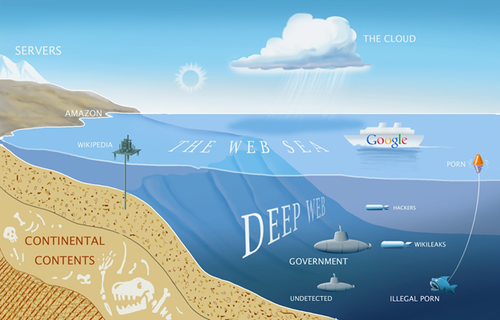
A free software named TOR has recently become popular, by allowing people to browse the full internet anonymously, hiding their identity and permitting admittance to sites not accessible by Google indexes. Those using the TOR client have their internet traffic routed through a volunteer network of servers, stirring everyone’s identity into a massive common pool and eluding any monitoring of their activity. These early day adventures returned from their explorations of the Hidden Web with a maelstrom of wild rumors and reports, illustrating the kind of communities and black markets seemingly formed in the shadows of utter secrecy:
- Financial tipping and insider trading exchanges.
- Computer security and hacking groups.
- Banned movies and literature.
- Murder-for-hire assassin markets.
- Sports betting forums.
- Prostitution directories.
- Child pornography rings.
- Underground gladiatorial tournaments (where millionaires pay to watch men fight to the death – one surreal report claiming men fighting against large animals.)
To most, this bizarre and atrocious list of deterring behavior would sound like a warning bell to stay away. Who would want to expose their computer, and their personal safety, to the mindsets of criminals, hackers and federal agents? But much in the way that the ‘war on drugs’ campaign entombed harmless marijuana smokers under the same social pariah label as hardened murders, there is a richer and more complex truth to the reality of the Hidden Web. Airline flight information, for instance, originally only available on the deep web, was incorporated into businesses such as Expedia and Priceline once search functionality evolved enough to aggregate them. In a more recent example, the Arab Spring revolts would not have been possible, if vast numbers of organizers hadn’t been able to meet online and away from the watchful gaze of their respective regimes.
Like carrier pigeons and passing notes in a classroom, we’ve always needed a way to communicate with each other that evaded the scrutiny of those who presume to lead us. The anonymity of the Hidden Web is a natural and necessary evolution to a world in which our every tweet, purchase and movement is collated and recorded. Yet, there’s no point in simply stating that two sides of the story exist, without a concrete example. So let’s take one of the most famous communities on the Hidden Web: The Silk Road.
To the uninitiated, the Silk Road is an online black market for purchasing illegal narcotics, prescription drugs and a wide variety of other illicit goods. Visitors must create an account, and use BitCoins (a digital currency discussed below) to complete their purchases. The Silk Road has a reputation as one of the darkest, most deplorable and dangerous areas of the hidden web: a place where drug dealers and addicts conduct their seedy transactions, and a perilous playground to the naive wanderer.
Despite the ominous brand, I found the idea of an online shopping market for narcotics absurd enough to merit exploration. When I heard some describe it as the “eBay of drugs” where dealers are ranked by the quality of their product and user reviews, I knew there was more to the story. Before examining the Silk Road, it’s worthwhile to fully consider the current social standing of drugs in our culture:
Even when simply discussing scientific reports or potential health benefits, the average drug enthusiast rarely gets beyond the negative stigmas associated with the topic. To divorce the subject from its ingrained criminal element, is to shun the decency of society. Gone are the days of flower child experimentation and scientific research. As a result, anyone who wishes to smoke a joint or try LSD must now subject themselves to the unreliability of dealers, the risks of arrest, permanent stains on their record and more importantly the dangers of ingesting unregulated materials.
So how is the Silk Road any different? Well, by creating a marketplace which only the motivated and tech savvy consumer can find, and by forcing dealers to endure an assortment of accountability standards and user reviews, they’ve actually managed to create a safe, discreet and reliable marketplace.
In the screenshot below, you can see how the site is organized into categories of substances. Each product has an image, price and unique listed seller. Filters such as “Best selling” and “Seller rank” can help you find the sources with the best reputation and most customer satisfaction. Thorough descriptions and discussion groups inform customers about what to expect from their experience and the inherent dangers associated with each substance. Most of all, honesty is valued as the highest commodity; with users who delay payments or dealers who receive too many complaints quickly being excommunicated from the site. Sellers of goods on sites like Amazon similarly value their online reputations, which has recently resulted in many accusations of fake customer reviews being generated by the larger stores to boost their standing. Due to the complexity of creating an account on the Silk road, however, as well as the process of transferring BitCoins into an account and the cost of initially setting up a “shop”, it is nearly impossible to generate a fake review promoting a poor product.
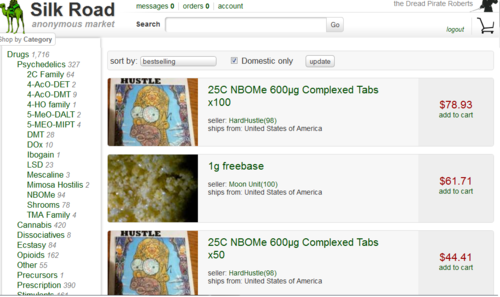
As absurd as it may seem, this black market is one of the most honest places you’ll find on the internet. Rather than a shadowed alley way, where desperate people conduct dirty deeds, the Silk Road offers a professional, organized, accountable and courteous community. This isn’t a speakeasy serving moonshine liquor during prohibition, it’s a network of dedicated sellers and cautious buyers policing themselves so society doesn’t have to. The autonomy and success of the Silk Road is just one example of how rallying forces can use an open and free forum to create the ideal standards governments have failed to enact. One of the most powerful and universal examples of this, is the digital currency mentioned earlier: BitCoins.
Bitcoins are the 2008 brainchild of a mysterious man named Satoshi Nakamoto. His creation solved a puzzle that had stumped cryptographers for decades: how to create a convenient and untraceable digital currency, free from the oversight of governments and banks? One of the most important issues Nakamoto managed to address is the “double-spending” dilemma: if digital dollars are just information (unattached to paper or metal) how do we prevent people copying the data and spending it as many times as they please? Rather than use a traditional trusted third party, to keep a real-time ledger of all transactions and prevent fraud, Nakamoto publicly distributed the ledger: allowing volunteer users sharing their CPU power to run a special software to form a “block-chain” network collectively.

A group of code-breakers running the software compete to solve cryptographic puzzles of ever increasing size and difficulty. As more users join, the amount of bitcoins released in each round diminishes and the difficulty of the problems increase. This tier of competing users comprise the top of a pyramid which trickles bitcoins down into the rest of the online communities which trade, purchase and horde the currency, therby creating the markets which give it its power.
Nakamoto’s project came out in 2008, during the financial collapse. Citizen’s trust in their government and bank’s ability to manage the economy was at an all time low. The Federal Reserve was either throwing mountains of cash at failing banks and car companies, or wildly printing money to ‘stimulate the economy’. Bitcoin required no faith in the very politicians or bankers who wrecked the economy…there was only the algorithm. The public ledger system Nakamoto created seemingly protected against fraud, and the predetermined release increments of the currency kept the money supply growing at a predictable rate (a way to avoid hyperinflation and sporadic printing of extra “cash”.)
As BitCoin’s popularity grew, real exchanges began to take place, trading fiat national currencies for the digital alternative, and buying online goods with them. Wild speculation began to surface about the creator, and who he really was. Some rumors suggested Satoshi Nakamoto was the creation of four prominent tech companies: SAmsung, TOSHIba, NAKAmichi and MOTOrola. Others suggested this was a Google concept, or maybe even a National Security Agency pet project. As the currency gained viral traction in 2010, rising demand for the limited supply caused the price jump. In November, it surged to 36 cents. In February 2011, it achieved “dollar parity” hitting $1.06 before settling back down to 87 cents. When Forbes wrote a “crypto currency” story about BitCoins in the spring, the price exploded. That summer, the going rate for 1 bitcoin leaped from 86 cents, to$8.89. When Gawker published their story in June, naming Bitcoins as the currency of choice for drug dealers, it tripled in value to $27.00! The market value of all the bitcoins in circulation approached $130 million. One early-days collector in Tennessee, known as KnightMB, who had held onto to 371,000 bitcoins, became worth over $10 million in the span of a few months.
Since then, Bitcoins have suffered some backfires, security risks, “robberies” of online trading floors and a number of other events that have caused people to question their faith in the currency (most notably, the disappearance of the currency’s creator, Nakamoto.) Unlike fiat money, Bitcoins are not yet backed by legal mechanisms or institutions, which do help sustain the fabric of societal trust. However, just like cash and gold, it is our willingness to attach value which gives these ideas their power. The momentary success of Bitcoins remains a prime example of the social upheaval that can be achieved by the internet. Wikileaks, the Arab Spring, a new digital currency…if we are truly connected in an instant and open community of ideas, rapidly addressing any real world issue seems more and more possible.
However, if power is being democratized through the internet, what does that mean for the traditional roles of governance? What will the significance of national borders be, as the world wide web continues to grow and ensnare us all? We often hear about governments like China and Iran censoring their citizens access to online content, but last year’s coordinated blackout by Google, Wikipedia and a number of other sites brought to light the ambitious grab for power that the U.S. government sought with their SOPA law. Unfortunately, amid the clamor of our other economical woes, they have since then managed to discreetly pass a modified version called CISPA (drastically increasing their ability to monitor and shut down web activities at their whim.)
With each progression of technology, comes the often cyclical debate as to whether we are hindering or helping our best interests. Film, for instance, served not only to entertain us, but evolve the manner of our record keeping and surveillance. The Holocaust wasn’t the first grotesque atrocity committed by a sovereign nation, but seeing actual footage of the concentration camps certainly helped create a new standard of accountability to a world audience. This is why most governments will continue to seek control over the free flow of information, and why the internet will continue to be the definitive battleground which shapes our future.
The Hidden Web remains the uncontrolled, wild frontier where anyone with a connection can exchange unlimited ideas with humans across the globe. As more and more of that world is brought to light, and absorbed into the commercial web, we will continue to see conflicts and tensions shape our social dynamics. It has been said that a Government is a group of people who themselves are not governed…and the Internet is the first truly open platform for Democracy. It seems that only one of those two models is likely to survive in the future.

 By 1947, the campaign had forged a psychological necessity across several classes and markets, forming a near overnight "tradition". Those who could not afford a ring, chose to defer the purchase rather than forgo it altogether. It became a common notion, that one's devotion was measured by the size of the engagement ring. The now immortal De Beers tag line: "a diamond is forever" was cemented in the common psyche. Diamond sales continued to skyrocket, as De Beers exported the campaign to a number of new countries, creating multi-billion dollar profits.
By 1947, the campaign had forged a psychological necessity across several classes and markets, forming a near overnight "tradition". Those who could not afford a ring, chose to defer the purchase rather than forgo it altogether. It became a common notion, that one's devotion was measured by the size of the engagement ring. The now immortal De Beers tag line: "a diamond is forever" was cemented in the common psyche. Diamond sales continued to skyrocket, as De Beers exported the campaign to a number of new countries, creating multi-billion dollar profits.



 DNA sequencing has seen drastic improvements in speed and costs. We've gone from the multi-billion dollar Human Genome Project in 2003, to companies that can process DNA at $1,000 per genome. We've mapped thousands of people's hereditary information, opening the door to the possibility of highly personalized medicines replacing the common one-pill-suits-all approach.
DNA sequencing has seen drastic improvements in speed and costs. We've gone from the multi-billion dollar Human Genome Project in 2003, to companies that can process DNA at $1,000 per genome. We've mapped thousands of people's hereditary information, opening the door to the possibility of highly personalized medicines replacing the common one-pill-suits-all approach. Tissue Engineering
Tissue Engineering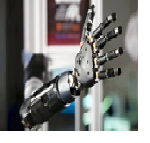

 We currently have the ability to go directly into our DNA and swap genes around. We'll soon know which bad genes can be substituted with good ones, preventing or curing several diseases like cystic fibrosis and muscular dystrophy - and without the use of drugs or surgery. Being able to turn off or remove certain genes will utterly revolutionize the medical profession.
We currently have the ability to go directly into our DNA and swap genes around. We'll soon know which bad genes can be substituted with good ones, preventing or curing several diseases like cystic fibrosis and muscular dystrophy - and without the use of drugs or surgery. Being able to turn off or remove certain genes will utterly revolutionize the medical profession. 
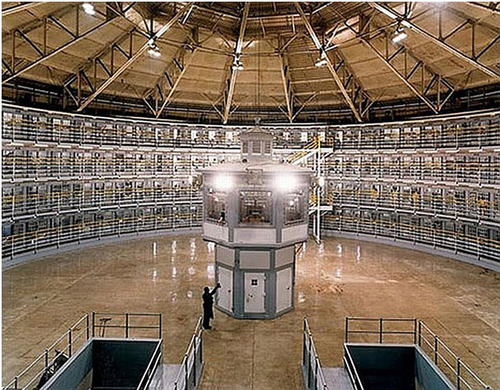
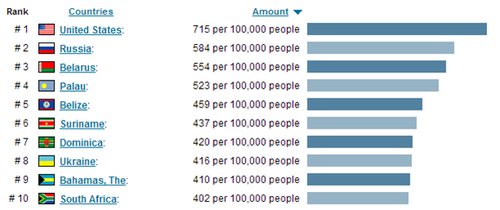
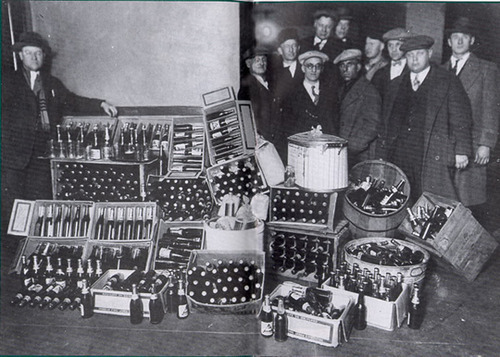


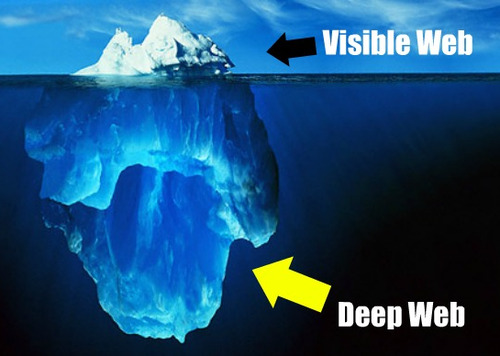




 Lukashenko, often called ‘Europe’s last dictator’, reacted as would be expected, by ejecting the Swedish diplomatic offices and arresting several Belarusians who had contact with the advertising firm.
Lukashenko, often called ‘Europe’s last dictator’, reacted as would be expected, by ejecting the Swedish diplomatic offices and arresting several Belarusians who had contact with the advertising firm.